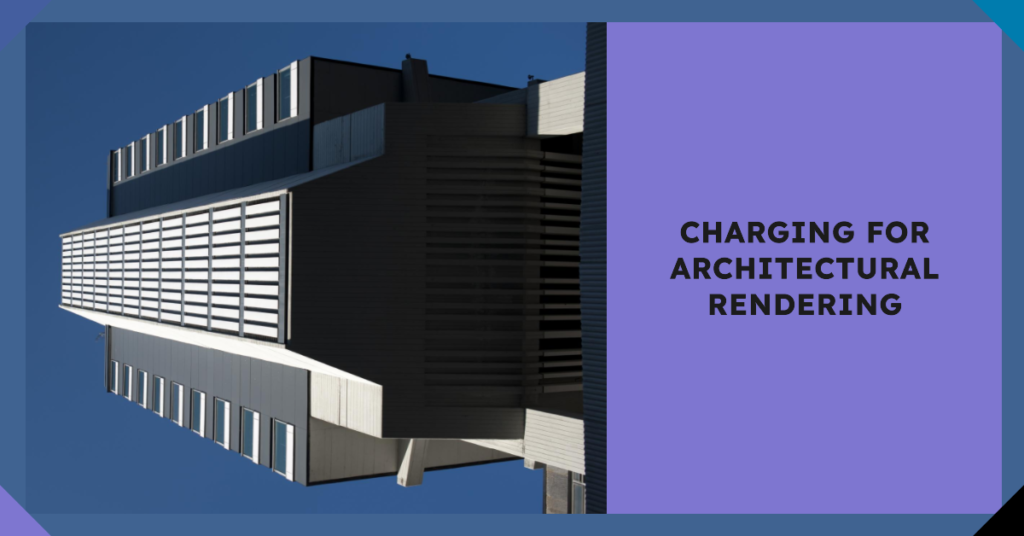
Table of Contents
1. Introduction: The Economics of Architectural Rendering
Architectural rendering services are invaluable in the modern design and construction industry, offering lifelike visualizations of proposed projects. However, determining the right pricing strategy for these services can be complex. In this guide, we will delve into various methods of charging for architectural rendering services, considering factors such as project complexity, client expectations, industry standards, and technological advancements.
2. Hourly Rates: Billing Based on Time Invested
One of the most common pricing models for architectural rendering is charging hourly rates. Under this method, rendering professionals or firms charge clients based on the amount of time spent on rendering tasks. Hourly rates vary depending on factors such as the experience level of the renderer, project complexity, software proficiency, and geographic location. This approach offers flexibility, especially for projects with evolving design requirements or multiple iterations. However, clear communication and time tracking mechanisms are essential to ensure transparency and avoid disputes.
3. Fixed Project Fees: Providing Cost Certainty
Fixed project fees involve quoting a set price for the entire rendering project, regardless of the time spent. This pricing model provides clients with cost certainty, making budget planning easier. To determine a fixed fee, renderers need to assess project scope, complexity, expected revisions, and deliverables carefully. While fixed fees reduce client concerns about hourly billing increments, they require accurate project estimation to avoid underquoting or overcharging. Effective project management and clear scope definitions are crucial to successful implementation.
4. Per Image Pricing: Valuing Outputs Individually
Per image pricing is a straightforward model where renderers charge a fixed rate for each rendered image delivered to the client. This method aligns costs directly with outputs, allowing clients to understand the cost implications of each visualized scene or view. Per image pricing factors in rendering complexity, resolution requirements, post-production enhancements, and licensing agreements for commercial use. It is suitable for clients who require a specific number of high-quality images for presentations, marketing materials, or portfolio showcases.
5. Tiered Packages: Offering Versatility and Value
Tiered packages combine elements of fixed fees and per image pricing, offering clients a range of service levels based on their needs and budget. Renderers create tiered packages with varying deliverables, such as basic renderings, advanced visualizations, animations, virtual reality experiences, or additional revisions. Each package comes with a predefined price, allowing clients to choose the level of detail and customization that fits their project requirements and budget constraints. Tiered packages offer versatility, value, and scalability for diverse client preferences.
6. Retainer Agreements: Securing Ongoing Relationships
Retainer agreements establish long-term partnerships between rendering professionals or firms and clients. Clients pay a recurring fee—monthly, quarterly, or annually—to retain rendering services as needed throughout the agreement period. Retainer agreements ensure priority access to rendering resources, dedicated project support, and ongoing maintenance for rendered assets such as 3D models, textures, and animations. This model fosters client loyalty, streamlines project workflows, and provides steady revenue streams for rendering businesses.
7. Commission-Based Fees: Aligning Incentives with Success
Commission-based fees tie rendering compensation directly to project success metrics, such as project value, client satisfaction, or revenue generated from visualizations. This model is common in collaborative projects where rendering professionals contribute significantly to project outcomes, marketing efforts, or sales conversions. Commission structures can include flat percentages of project budgets, bonuses based on achieved milestones, or incentives tied to project success metrics defined in contracts. Commission-based fees align incentives between renderers and clients, motivating performance and quality outcomes.
8. Licensing and Royalties: Monetizing Intellectual Property
For renderers creating proprietary content, licensing and royalties offer revenue opportunities beyond initial rendering services. Licensing agreements grant clients usage rights for rendered images, animations, or models, specifying permitted uses, distribution channels, and duration. Royalties may be negotiated based on usage volume, commercial applications, or project success metrics. Licensing and royalties are common in projects involving intellectual property rights, recurring usage, or commercial exploitation of rendered assets beyond project completion.
9. Value-Based Pricing: Aligning Costs with Client Value
Value-based pricing strategies focus on the perceived value of rendering services to clients rather than time or outputs alone. Renderers assess client objectives, project impact, competitive advantages, and market positioning to determine pricing. This approach emphasizes the benefits clients derive from visualizations, such as improved decision-making, reduced project risks, enhanced marketing effectiveness, or increased project success rates. Value-based pricing requires deep client understanding, value proposition clarity, and effective communication of rendered solutions’ strategic importance.
10. Conclusion: Tailoring Pricing Strategies for Success


In conclusion, choosing the right pricing strategy for architectural rendering services requires a nuanced understanding of client needs, project dynamics, industry standards, and business objectives. Whether opting for hourly rates, fixed project fees, per image pricing, tiered packages, retainer agreements, commission-based fees, licensing arrangements, royalties, or value-based pricing, renderers must align pricing models with service quality, project scope, technological advancements, and market competitiveness. Flexibility, transparency, clear communication, and value proposition alignment are key factors in implementing successful rendering pricing strategies that foster client satisfaction, business growth, and industry recognition.


